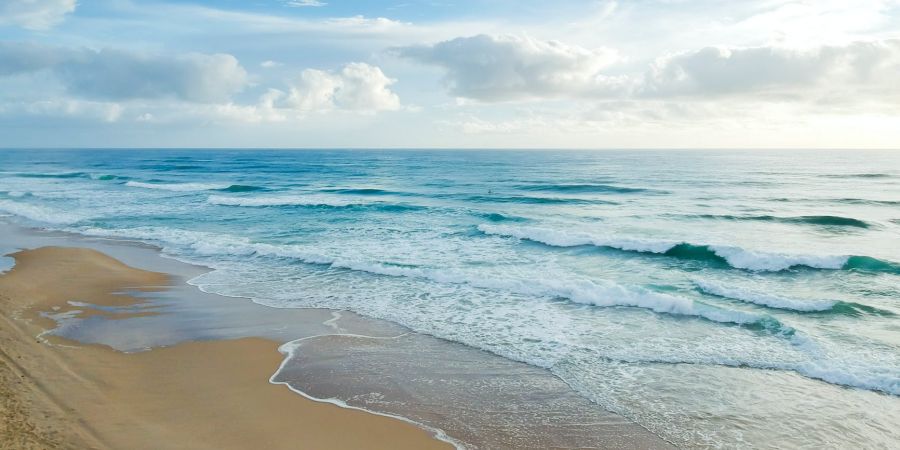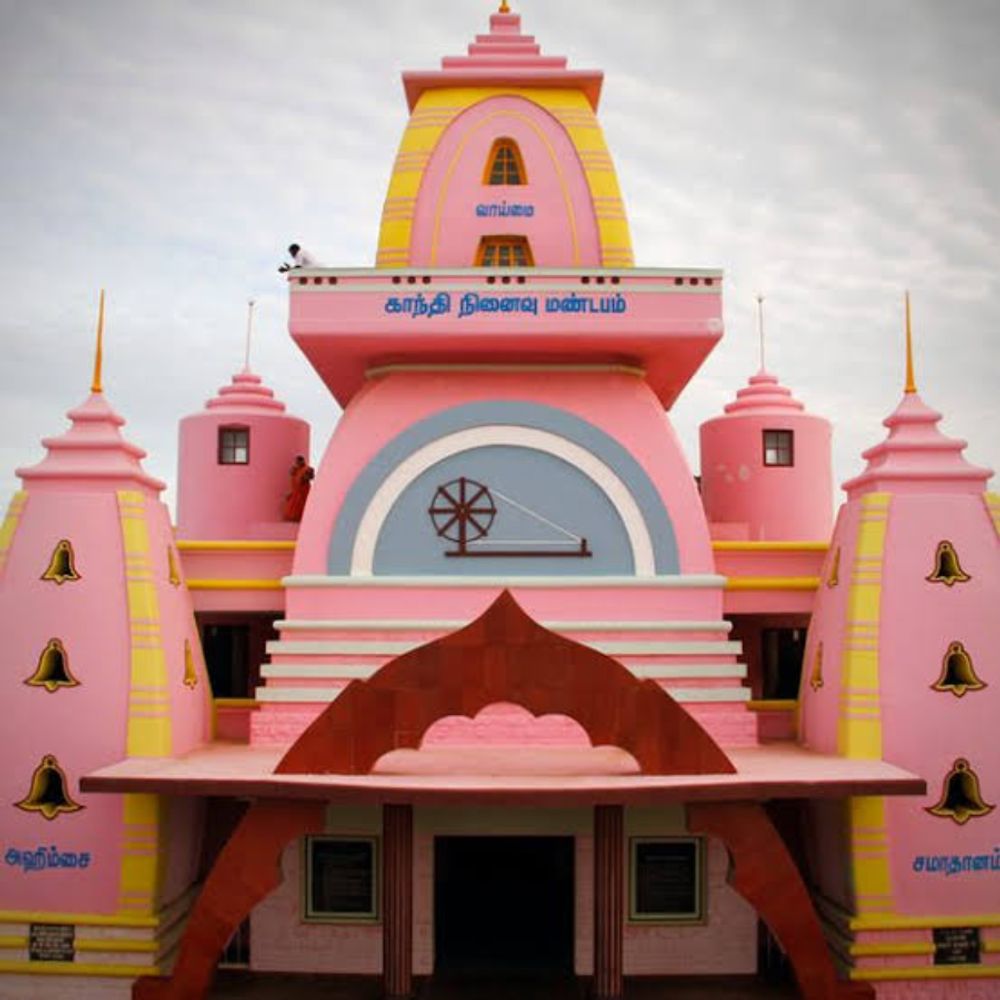

Thiruvalluvar statue
The monument, which was carved by the Indian artist V. Ganapati Sthapati, who also built the Iraivan Temple, was unveiled on January 1, 2000, on the occasion of the new century by M. Karunanidhi, who was the state's chief minister at the time. The statue is currently India's 25th tallest statue.
History

The confluence of the Bay of Bengal, Arabian Sea, and Indian Ocean may be seen in Kanyakumari, the home of the goddess Parvati. Kanyakumari, also known as Cape Comorin, is highly regarded by Hindus because of its revered temples. The Kumari Amman Temple is one of Kanyakumari's top tourist destinations.
Vivekananda mandabam

The meditation hall, Dhyana Mandapam, has six adjoining rooms. The Sabha Mandapam is the Assembly Hall and is surrounded by an open prakaram (outside courtyard), two chambers, a corridor, and the Pratima Mandapam (statue portion).
Ganthi mandabam

Gandhi Mandapam is a group of memorial buildings situated on Sardar Patel Salai in Chennai's Adyar neighbourhood. The first structure to be built on the premises was a memorial to Mahatma Gandhi, opened by then Chief Minister of Madras, C. Rajagopalachari on 27 January 1956.
Indian seaside town of Kanyakumari. It is located in southern India's state of Tamil Nadu. 'Cape Comorin' is another name for it. It is a well-liked tourist destination in India. The name of the town is Kanyakumari, which is Sanskrit for "The Virgin Goddess." It covers around 25.89 square kilometres of space. Tamil is the city of Kanyakumari's official language. The moonrise, moonset, and ocean dawn are very distinctive. The Vivekananda Rock Memorial, Thanumalayan Temple, Kumari Amman Temple, Thiruvalluvar Statue, and Kanyakumari Tirupati Temple are a few of the well-known attractions in Kanyakumari. It is located where the Bay of Bengal, the Arabian Sea, and the Indian Ocean converge.
About 55 kilometres separate Thiruparappu from Kaniyakumari. At Tirparappu, where the Kodayar descends, a waterfall can be found 13 kilometres from the Pechiparai Dam. About 300 feet of rocky riverbed can be found there. About seven months out of every year, the water flows and falls from a height of close to 50 feet. A quarter of a kilometre or so upstream, where the renowned Thirparappu weir was built to provide water to the rice fields, the entire bed above the falls is one stony mass. There are temples devoted to various deities on both banks of the river, on the left bank between the water falls and the weir.
